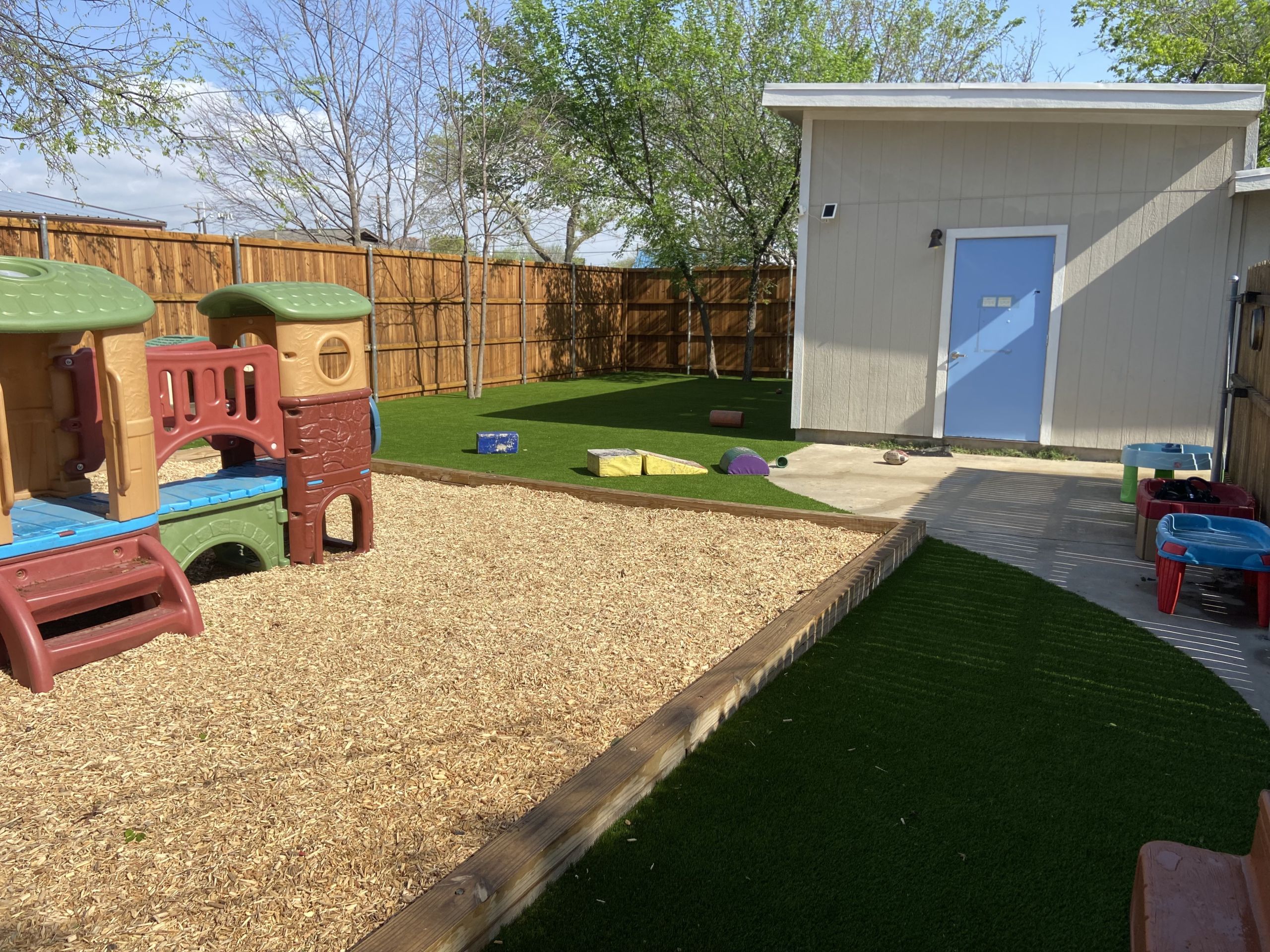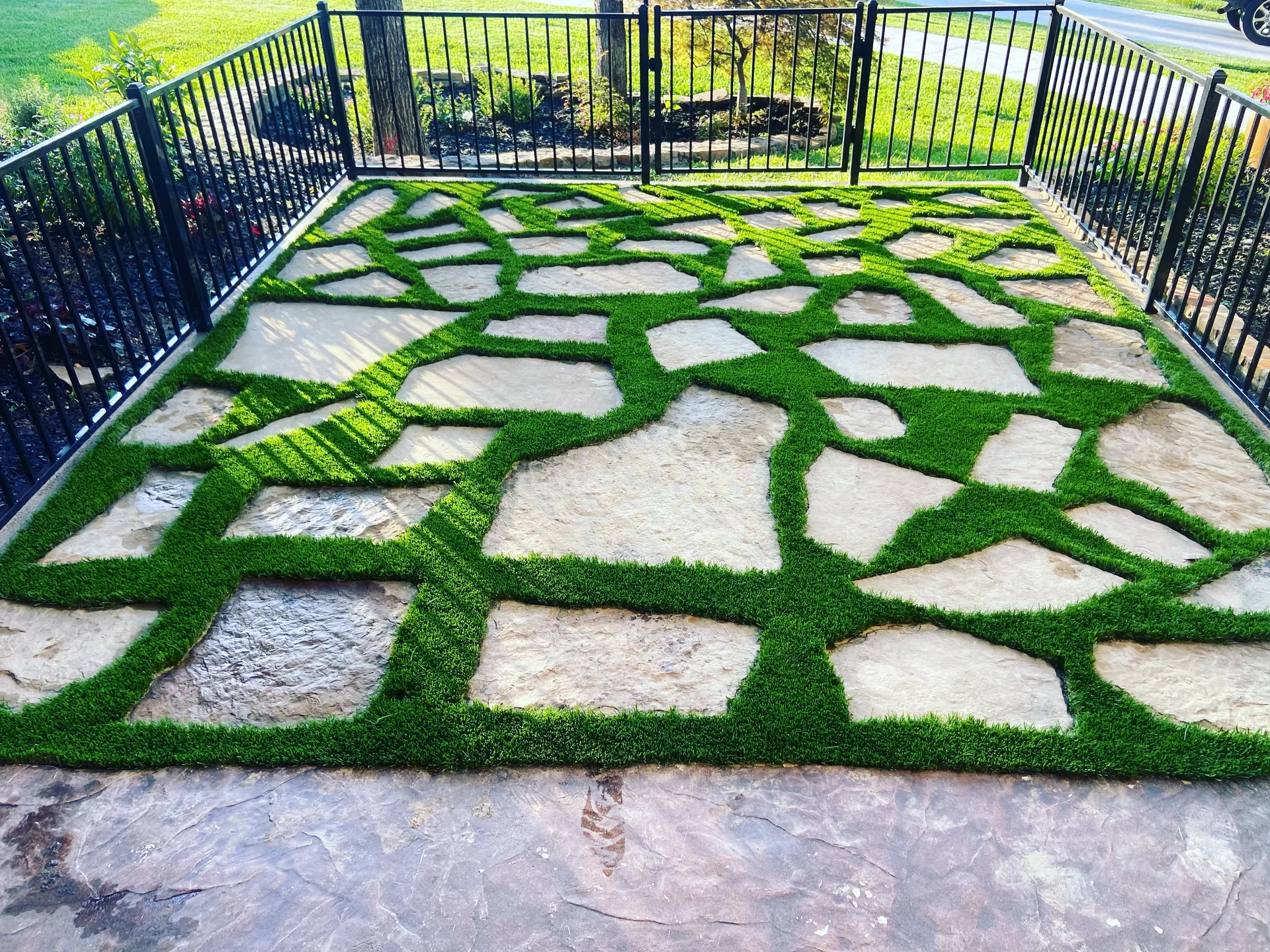
Dive into the differences between infill and non-infill turf to make an informed choice for your landscaping or sports field project. This guide covers their benefits, applications, and maintenance to help you decide the best option for your needs.
What is Infill Turf?
Infill turf refers to artificial grass that requires the addition of materials (such as sand, rubber granules, or organic infills) between the fibers to aid in stability, protection, and performance.
Benefits of Infill Turf
- Enhanced Stability: Infill materials help keep the turf blades upright and add weight to the turf, ensuring it stays in place.
- Improved Performance: Offers better shock absorption, making it ideal for sports fields and play areas.
- Increased Durability: The infill provides extra protection for the turf backing, extending its lifespan.
- Temperature Regulation: Certain types of infill can help regulate the surface temperature of the turf.
What is Non-Infill Turf?
Non-infill turf does not require any additional materials to be added after installation. It’s designed to perform without the need for infill, often used in residential lawns, balconies, and decoration.
Benefits of Non-Infill Turf
- Easy Installation: Simplifies the installation process, as there’s no need to add infill material.
- Low Maintenance: Eliminates the need for periodic infill top-ups, reducing overall upkeep.
- Child and Pet Friendly: Offers a soft and safe surface without the concern of infill particles.
- Cost-Effective: Can be more affordable up front due to the elimination of infill costs.
Choosing Between Infill and Non-Infill Turf
The choice between infill and non-infill turf depends on your specific needs:
- Consider Infill Turf if: You’re creating a sports field, playground, or any high-traffic area that requires durability and performance.
- Opt for Non-Infill Turf if: You’re looking for easy installation and maintenance for residential landscaping, decoration, or low-foot traffic areas.
Maintenance Tips
Both types of turf require basic maintenance to keep them looking their best:
- Infill Turf: Regular brushing to keep the fibers upright and occasional infill top-ups to maintain performance and durability.
- Non-Infill Turf: Routine cleaning, such as sweeping and rinsing, to remove debris and keep the surface clean.
Installation Considerations
Professional installation is recommended for both types to ensure proper ground preparation, adequate drainage, and optimal performance of the turf system.
Conclusion
Whether you choose infill or non-infill turf, understanding the specific benefits and maintenance requirements of each can help you select the right artificial grass for your project. Consider your project’s needs, budget, and expected foot traffic to make the best choice for your space.
